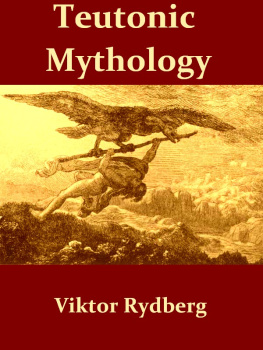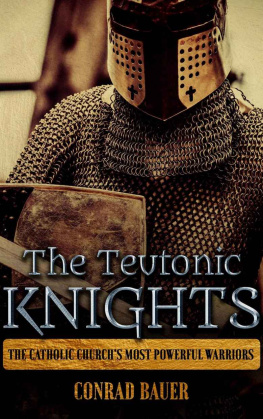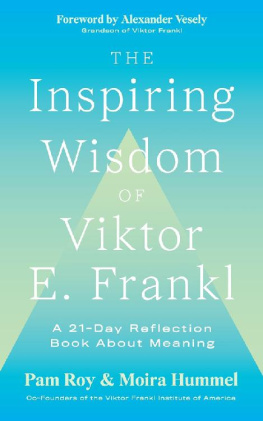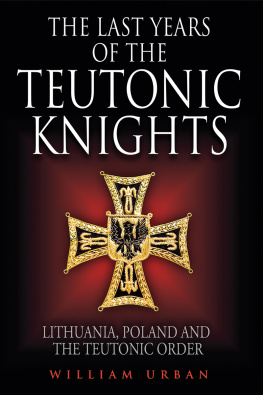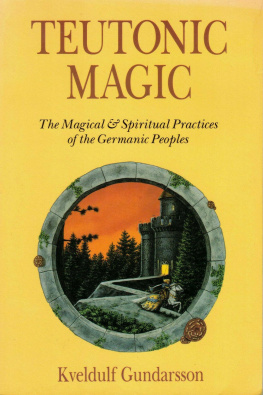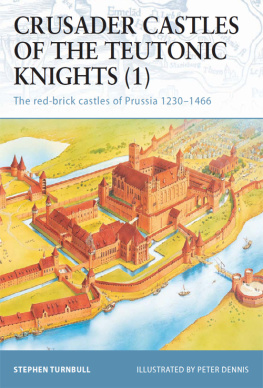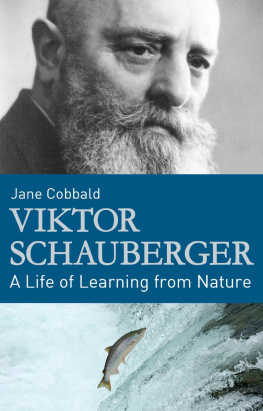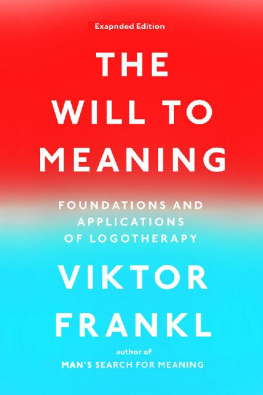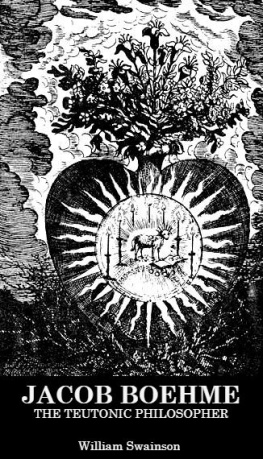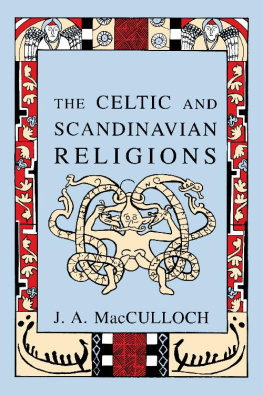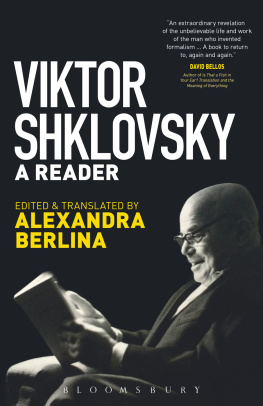Viktor Rydberg - Teutonic Mythology
Here you can read online Viktor Rydberg - Teutonic Mythology full text of the book (entire story) in english for free. Download pdf and epub, get meaning, cover and reviews about this ebook. year: 2011, genre: Religion. Description of the work, (preface) as well as reviews are available. Best literature library LitArk.com created for fans of good reading and offers a wide selection of genres:
Romance novel
Science fiction
Adventure
Detective
Science
History
Home and family
Prose
Art
Politics
Computer
Non-fiction
Religion
Business
Children
Humor
Choose a favorite category and find really read worthwhile books. Enjoy immersion in the world of imagination, feel the emotions of the characters or learn something new for yourself, make an fascinating discovery.
- Book:Teutonic Mythology
- Author:
- Genre:
- Year:2011
- Rating:5 / 5
- Favourites:Add to favourites
- Your mark:
- 100
- 1
- 2
- 3
- 4
- 5
Teutonic Mythology: summary, description and annotation
We offer to read an annotation, description, summary or preface (depends on what the author of the book "Teutonic Mythology" wrote himself). If you haven't found the necessary information about the book — write in the comments, we will try to find it.
Teutonic Mythology — read online for free the complete book (whole text) full work
Below is the text of the book, divided by pages. System saving the place of the last page read, allows you to conveniently read the book "Teutonic Mythology" online for free, without having to search again every time where you left off. Put a bookmark, and you can go to the page where you finished reading at any time.
Font size:
Interval:
Bookmark:

MEMBER OF THE SWEDISH ACADEMY; AUTHOR OF THE "THE LAST ATHENIAN" AND OTHER WORKS.
AUTHORISED TRANSLATION FROM THE SWEDISH
BY
RASMUS B. ANDERSON, LL.D., EX-UNITED STATES MINISTER TO DENMARK; AUTHOR OF "NORSE MYTHOLOGY," "VIKING TALES," ETC.
HON. RASMUS B. ANDERSON, LL.D., Ph.D., EDITOR IN CHIEF. J. W. BUEL, Ph.D., MANAGING EDITOR.
VOL. I.

IDUN, HEIMDAL, LOKE, AND BRAGE.
(From an etching by Lorenz Frlich.)
Idun was the beautiful goddess who in Asgard was keeper
of the apples which the gods ate to preserve eternal youth.
She is most generally regarded as the wife of Brage.
Heimdal, the son of nine mothers, was guardian against the
giants of the bridge of the gods, Bifrst. With a trumpet he
summoned all the gods together at Ragnarok when he and Loke
slew each other. He was the god of light.
Loke though beautiful in form was like Lucifer in character
and was hence called the god of destruction. By the giantess
Angerboda he had three offspring, viz: the Midgard serpent,
the Fenris-wolf, and Hela, the latter becoming goddess of Hel.
Brage was the son of Odin and being represented as the chief skald in Valhalla he is called the god of poetry.
| PART I. | |
| Introduction The Ancient Aryans | |
| (a) | The Aryan Family of Languages |
| Hypothesis of Asiatic Origin of the Aryans | |
| Hypothesis of European Origin of the Aryans | |
| The Aryan Land of Europe | |
| (b) | Ancient Teutondom |
| PART II. | |
| (a) | Medival Migration Sagas |
| The Troy Saga and Prose Edda | |
| Saxo's Relation to the Story of Troy | |
| Older Periods of the Troy Saga | |
| Story of the Origin of Trojan Descent of the Franks | |
| Odin as Leader of the Trojan Emigration | |
| Materials of the Icelandic Troy Saga | |
| Result of Foregoing Investigations | |
| (b) | Popular Traditions of the Middle Ages |
| Saxon and Swabian Migration Saga | |
| The Frankish Migration Saga | |
| Migration Saga of the Burgundians | |
| Teutonic Emigration Saga | |
| PART III. | |
| Myths Concerning the Creation of Man | |
| Scef, the Original Patriarch | |
| Borgar-Skjold, the Second Patriarch | |
| Halfdan, the Third Patriarch | |
| Halfdan's Enmity with Orvandel and Svipdag | |
| Halfdan's Identity with Mannus | |
| Sacred Runes Learned from Heimdal | |
| Sorcery, the Reverse of Sacred Runes | |
| Heimdal and the Sun Goddess | |
| Loke Causes Enmity Between Gods and Creators | |
| Halfdan Identical with Helge | |
| The End of the Age of Peace | |
| War with the Heroes from Svarin's Mound | |
| Review of the Svipdag Myth | |
| The World-War and its Causes | |
| Myth Concerning the Sword Guardian | |
| Breach Between Asas Vans. Siege of Asgard | |
| Significance of the World-War | |
| The War in Midgard. Hadding's Adventures | |
| Position of the Divine Clans to the Warriors | |
| Hadding's Defeat | |
| Loke's Punishment | |
| Original Model of the Bravalla Battle | |
| The Dieterich Saga | |
| PART IV. | |
| Myth in Regard to the Lower World | |
| Gudmund, King of the Glittering Plains | |
| Ruler of the Lower World | |
| Fjallerus and Hadingus in the Low World | |
| A Frisian Saga, Adam of Bremen | |
| Odainsaker and the Glittering Plains | |
| Identification of Odainsaker | |
| Gudmund's Identity with Mimer | |
| Mimer's Grove |
Stockholm
Hon. Rasmus B. Anderson ,
United States Minister,
Copenhagen, Denmark.
Dear Sir ,
It gives me pleasure to authorise you to translate into English my work entitled "Researches in Teutonic Mythology," being convinced that no one could be found better qualified for this task than yourself. Certainly no one has taken a deeper interest than you in spreading among our Anglo-Saxon kinsmen, not only a knowledge of our common antiquity, but also of what modern Scandinavia is contributing to the advancement of culture a work in which England and the United States of America are taking so large a share.
Yours faithfully,
VIKTOR RYDBERG.
INTRODUCTION.
A. THE ANCIENT ARYANS.
THE WORDS GERMAN AND GERMANIC.
Already at the beginning of the Christian era the name Germans was applied by the Romans and Gauls to the many clans of people whose main habitation was the extensive territory east of the Rhine, and north of the forest-clad Hercynian Mountains. That these clans constituted one race was evident to the Romans, for they all had a striking similarity in type of body; moreover, a closer acquaintance revealed that their numerous dialects were all variations of the same parent language, and finally, they resembled each other in customs, traditions, and religion. The characteristic features of the physical type of the Germans were light hair, blue eyes, light complexion, and tallness of stature as compared with the Romans.
Even the saga-men, from whom the Roman historian Tacitus gathered the facts for his Germania an invaluable work for the history of civilisation knew that in
Semitic languages are separated therefrom by a chasm so broad and deep that it is hardly possible to bridge it.
This language-group of ours has been named in various ways. It has been called the Indo-Germanic, the Indo-European, and the Aryan family of tongues. I have adopted the last designation. The Armenians, Iranians, and Hindoos I call the Asiatic Aryans; all the rest I call the European Aryans.
Certain it is that these sister-languages have had a common mother, the ancient Aryan speech, and that this has had a geographical centre from which it has radiated. (By such an ancient Aryan language cannot, of course, be meant a tongue stereotyped in all its inflections, like the literary languages of later times, but simply the unity of those dialects which were spoken by the clans dwelling around this centre of radiation.) By comparing the grammatical structure of all the daughters of this ancient mother, and by the aid of the laws hitherto discovered in regard to the transition of sounds from one language to another, attempts have been made to restore this original tongue which many thousand years ago ceased to vibrate. These attempts cannot, of course, in any sense claim to reproduce an image corresponding to the lost original as regards syntax and inflections. Such a task would be as impossible as to reconstruct, on the basis of all the now spoken languages derived from the Latin, the dialect used in Latium. The purpose is simply to present as faithful an idea of the ancient tongue as the existing means permit.
In the most ancient historical times Aryan-speaking people were found only in Asia and Europe. In seeking for the centre and the earliest conquests of the ancient Aryan language, the scholar may therefore keep within the limits of these two continents, and in Asia he may leave all the eastern and the most of the southern portion out of consideration, since these extensive regions have from prehistoric times been inhabited by Mongolian and allied tribes, and may for the present be regarded as the cradle of these races. It may not be necessary to remind the reader that the question of the original home of the ancient Aryan tongue is not the same as the question in regard to the cradle of the Caucasian race. The white race may have existed, and may have been spread over a considerable portion of the old world, before a language possessing the peculiarities belonging to the Aryan had appeared; and it is a known fact that southern portions of Europe, such as the Greek and Italian peninsulas, were inhabited by white people before they were conquered by Aryans.
Next pageFont size:
Interval:
Bookmark:
Similar books «Teutonic Mythology»
Look at similar books to Teutonic Mythology. We have selected literature similar in name and meaning in the hope of providing readers with more options to find new, interesting, not yet read works.
Discussion, reviews of the book Teutonic Mythology and just readers' own opinions. Leave your comments, write what you think about the work, its meaning or the main characters. Specify what exactly you liked and what you didn't like, and why you think so.

